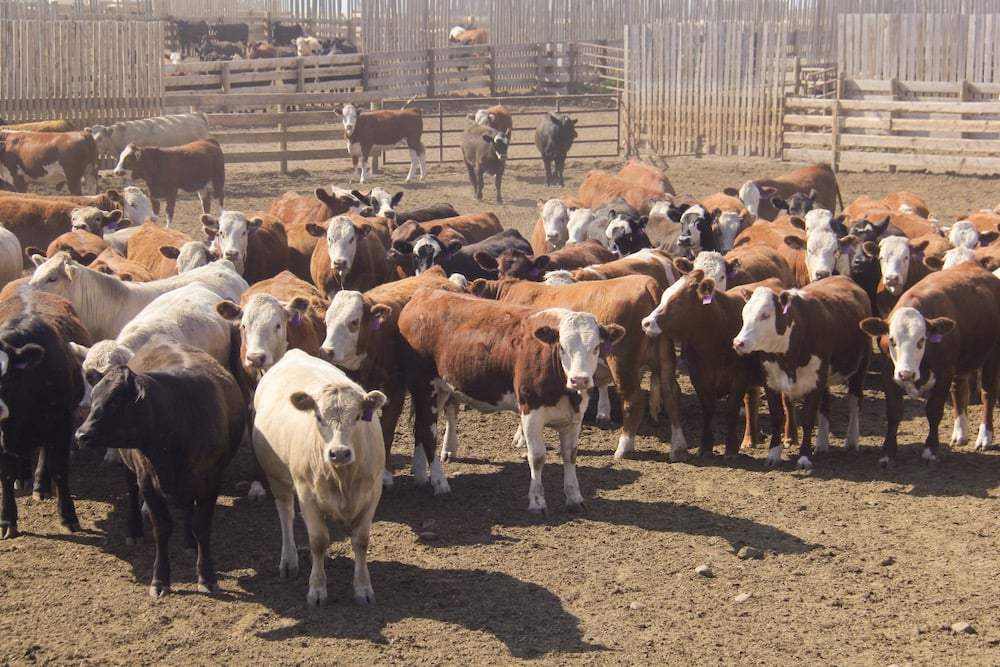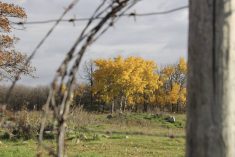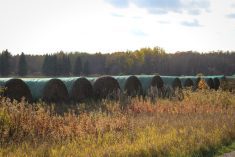Ottawa | Reuters — Record-setting wildfires in Canada could potentially continue burning at an abnormally high rate for several more weeks, though the spread of blazes is likely to start diminishing in September, according to federal projections released on Friday.
Forest fires have engulfed parts of nearly all 13 Canadian provinces and territories this year, forcing home evacuations, disrupting energy production, and drawing in federal as well as international firefighting resources. Four firefighters have been killed in the line of duty.
So far about 134,000 square km of land have been scorched, more than six times a 10-year average, and nearly 168,000 people have been forced to evacuate at some point this season.
Read Also

U.S. livestock: Feeder cattle rise to new highs on tight supply, strong cash prices
Chicago | Reuters – Chicago Mercantile Exchange feeder cattle futures rallied on Thursday to a record high on strong cash…
“This summer has turned into a challenging marathon,” Canadian Forest Service official Michael Norton told a media briefing on Friday.
“Our most recent projections indicate the potential for higher-than-normal fire activity remains across much of Canada in August and September,” Norton said.
Norton said the simultaneous flaring up of blazes across the country was “virtually unheard of” and largely due to drought conditions that continue to intensify in some areas and will contribute to ongoing fire activity through late summer.
“In September, we anticipate that the potential area at extreme risk will become a bit smaller … (however) large existing fires will continue burning or smouldering and new problematic fires can occur anywhere.”
The fires have also sent plumes of smoke across Canadian and U.S. skies, raising health alarms and concerning scientists about the impact on the atmosphere.
The EU’s Copernicus Atmospheric Monitoring Service estimated last week that Canadian wildfires have released 290 million tonnes of carbon, over 25 per cent of the global total for 2023 to date, and emissions are set to rise as hundreds of fires continue.
— Ismail Shakil is Reuters’ breaking news correspondent in Ottawa.
















